
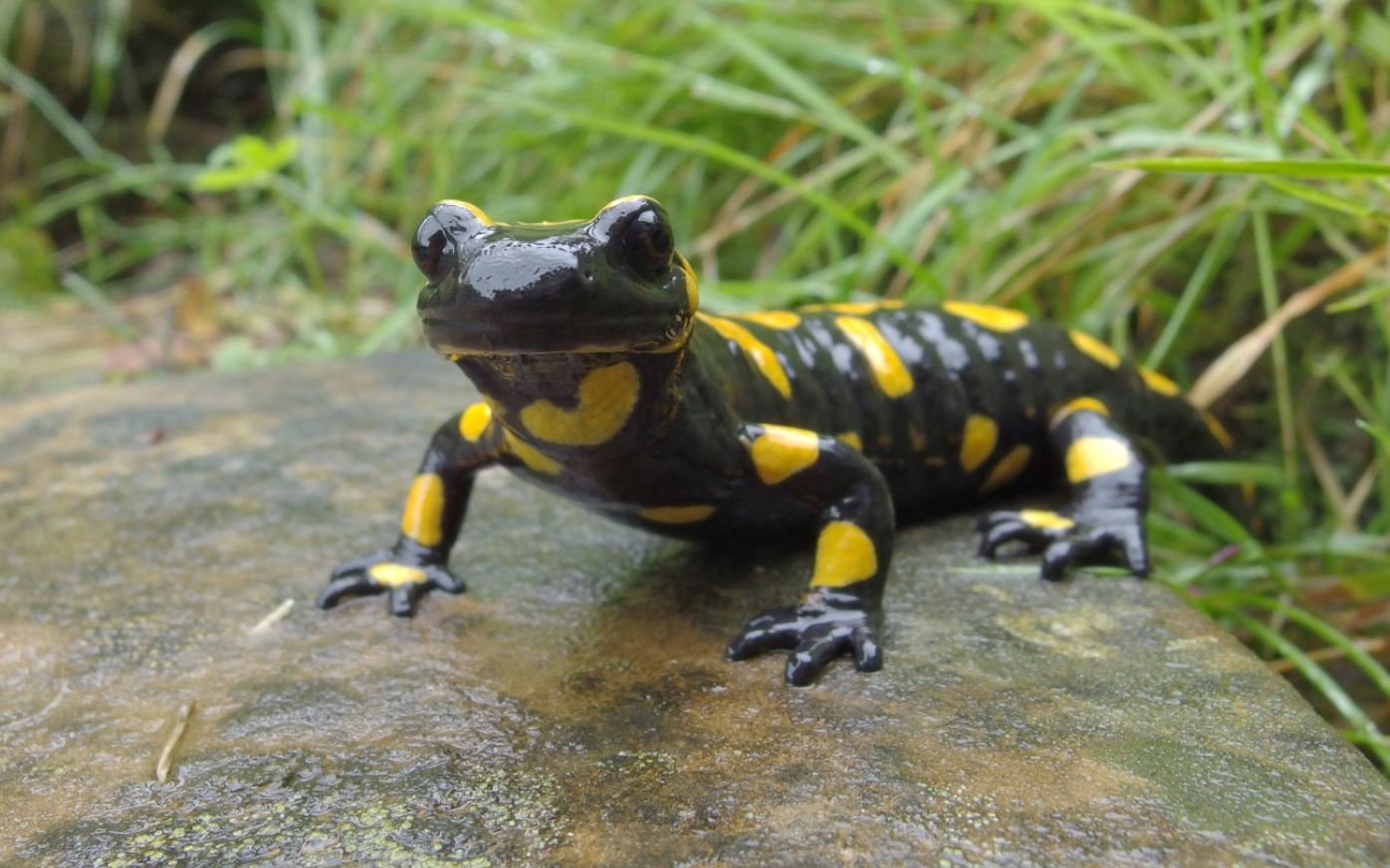
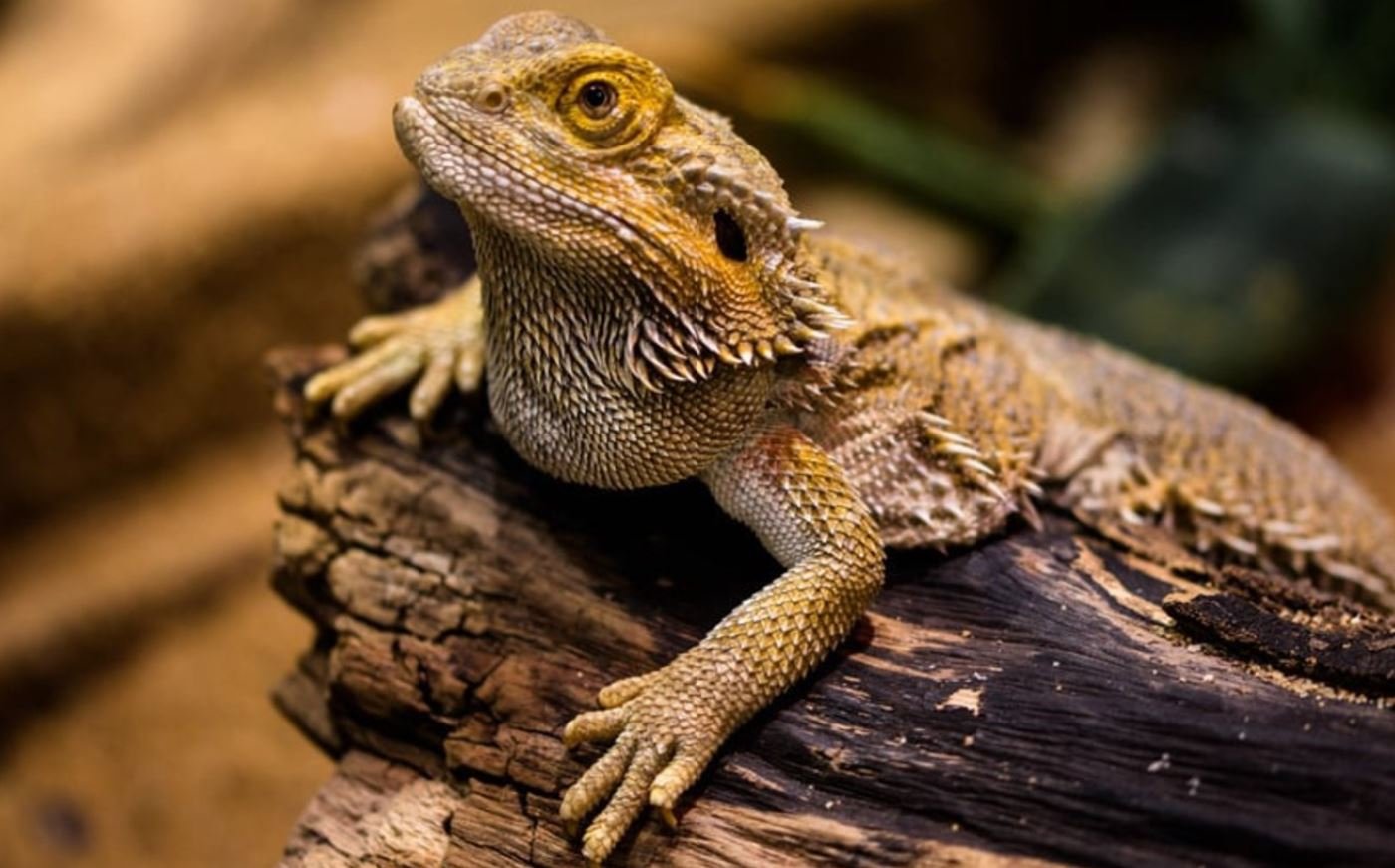
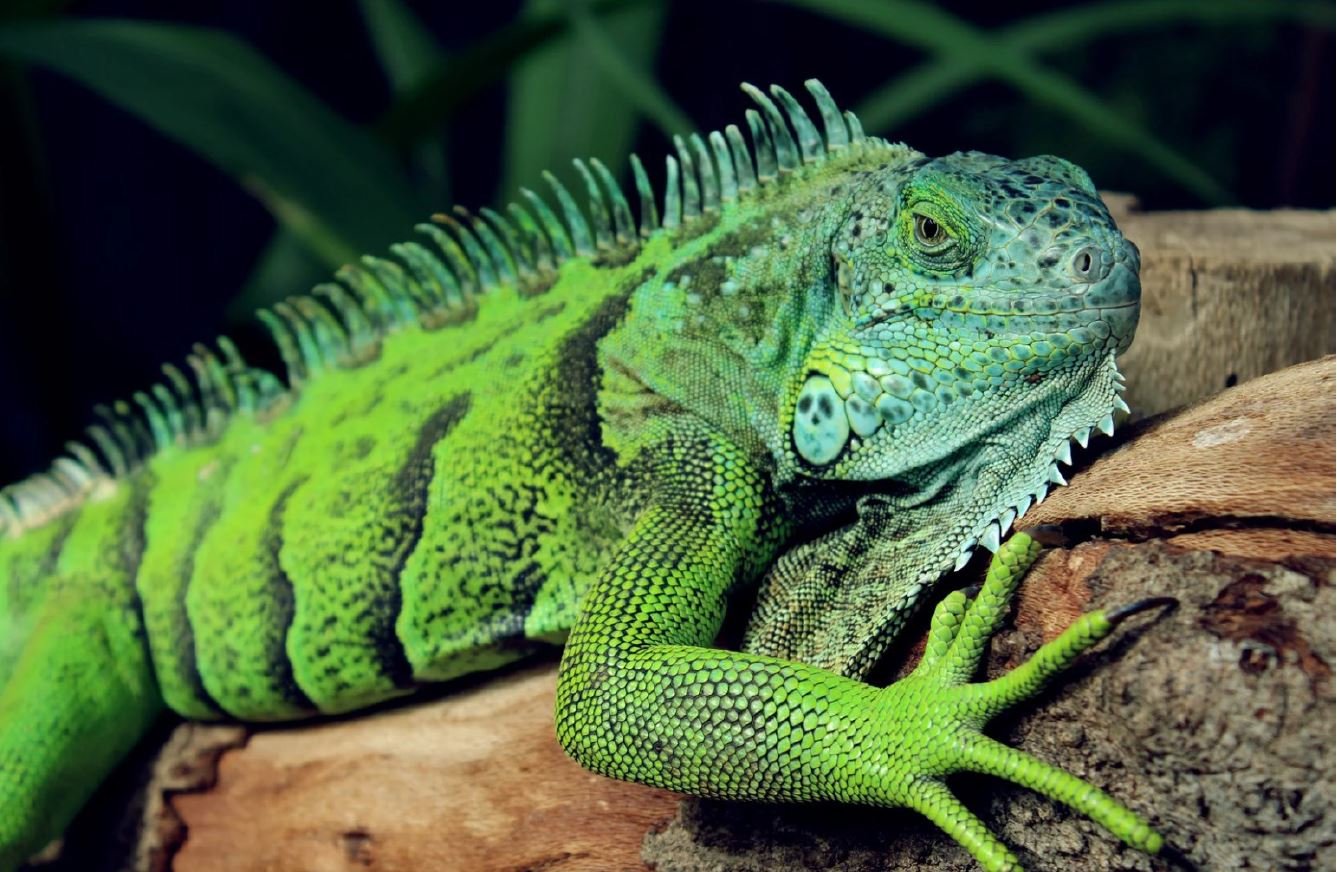
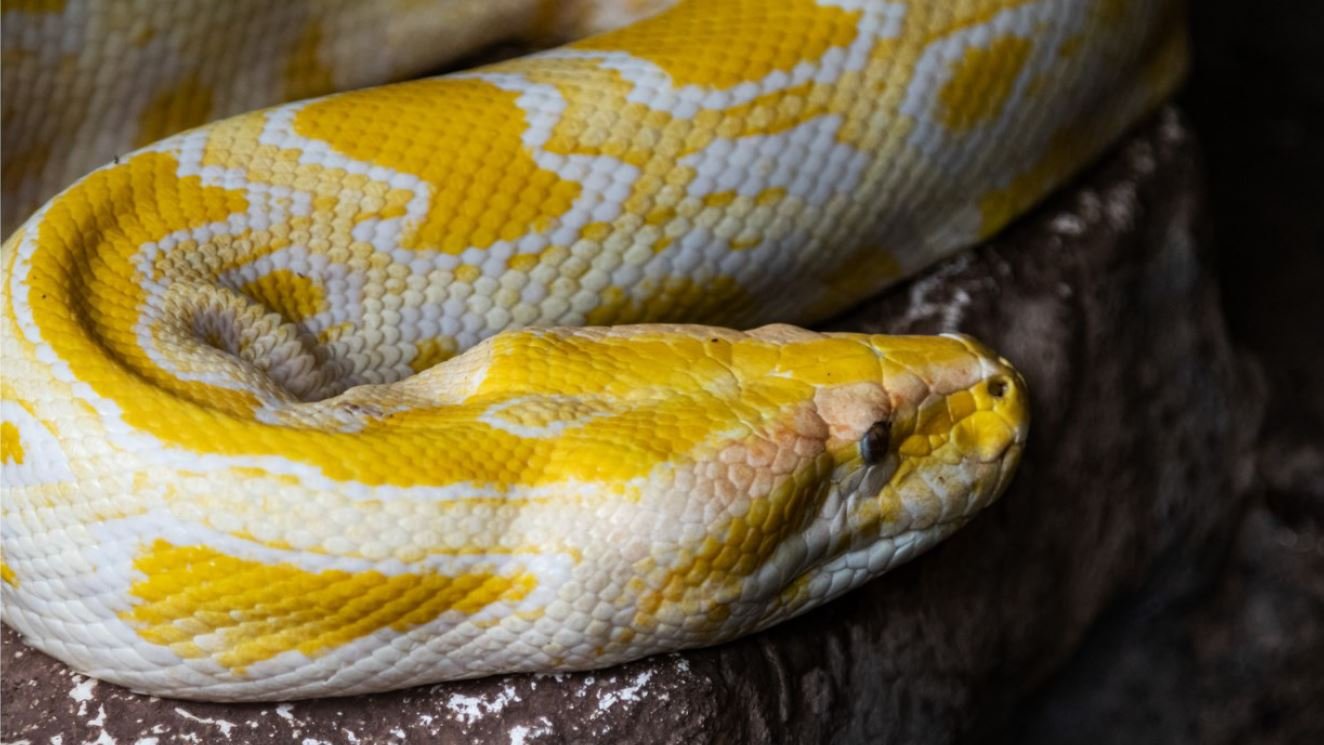
Can you imagine a world where the leaves seem alive and every sound hides a mystery? The Peruvian Amazon is just such a place, a green labyrinth where biodiversity reaches unimaginable levels. At the heart of this jungle live fascinating creatures that make up Peru’s rich herpetofauna: reptiles and amphibians. Join me on this journey to discover the magic of these extraordinary inhabitants of Peru’s natural world.
Peru: A Herpetological Paradise
Peru is globally recognized for its megadiversity. The Peruvian Amazon, in particular, is a true melting pot of life, with countless species yet to be discovered. Peru’s herpetofauna, which includes an impressive variety of reptiles and amphibians, is adapted to an incredible range of habitats, from floodplains to rocky hills, thriving under extreme conditions.
However, Peru’s biodiversity isn’t limited to the Amazon. The coast, with its deserts and mangroves, and the Andes, with their mountains and lagoons, also offer unique habitats for various reptile and amphibian species.
Preparing for a Herpetofauna Expedition in Peru
Before venturing into the jungle, proper preparation is essential. A reliable backpack, trekking boots, insect repellent, and a camera are indispensable. Most importantly, you need local guides who are experts in Peru’s herpetofauna. They help identify various species of reptiles and amphibians and teach respect for their habitats.
Planning also includes obtaining necessary permits and researching the species you hope to find. Ethics and conservation are always priorities, ensuring compliance with established rules and minimizing environmental impact.
Adventure in the Peruvian Jungle: Reptiles and Amphibians
The Peruvian jungle is a biodiversity hotspot, particularly for herpetofauna. During the day, tracks and droppings of reptiles and amphibians can be seen along muddy trails, indicating their presence in the area. Night explorations, on the other hand, reveal the activity of poison dart frogs and nocturnal snakes, iconic species of the region.
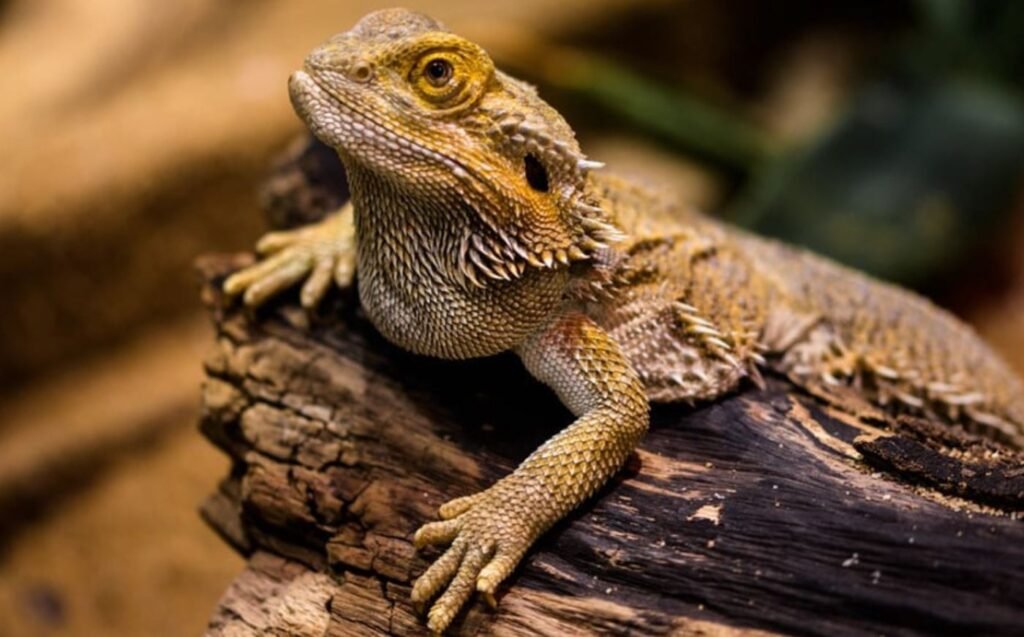
One highlight of the Amazonian fauna is the presence of large reptiles like the anaconda, which moves silently through the rivers, showcasing the impressive adaptability and size of some of Peru’s reptile species.
Up-Close Encounters: Some Featured Species
Peru’s herpetofauna is so diverse that it would be impossible to cover it all in a single article. However, some species stand out for their beauty, rarity, or ecological importance. These include:
- Reptiles: Boa constrictor, black caiman, green iguana, taricaya turtle, and various species of venomous snakes.
- Amphibians: Poison dart frog, Amazonian giant frog, Andean salamander, and numerous species of tree frogs.
Threats and Conservation
Despite their beauty and diversity, Peru’s herpetofauna faces numerous threats, such as habitat loss, illegal wildlife trade, and climate change. Urgent measures are needed to protect these animals and their ecosystems.Each of us can contribute to the conservation of Peru’s herpetofauna. By visiting protected areas, hiring local guides and responsible tourism companies, and avoiding products derived from wildlife, we support conservation initiatives.
An adventure in the Peruvian Amazon is a transformative experience. The beauty and fragility of nature leave a lasting impression. I hope this article inspires you to learn more about Peru’s herpetofauna and appreciate the importance of protecting these incredible animals.
Frequently Asked Questions about Reptiles and Amphibians in Peru
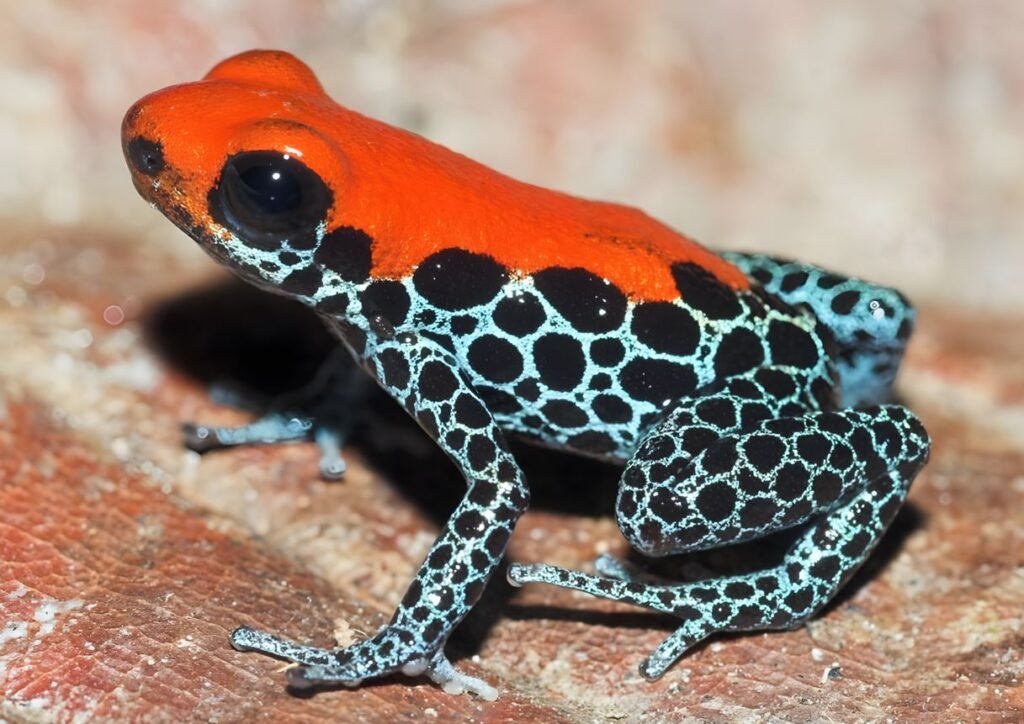
1. What is the best time to observe reptiles and amphibians in Peru?
The best time depends on the region. In the Amazon, the dry season (May to October) is usually ideal, as vegetation is less dense and animals are more active.
2. What special equipment do I need for a herpetofauna observation trip?
Essential items include trekking boots, comfortable long-sleeved clothing, insect repellent, sunscreen, and a good camera. A local guide may recommend additional gear, such as flashlights for night explorations or field guides to identify species.
3. Are Peruvian reptiles and amphibians dangerous?
Most Peruvian reptiles and amphibians are harmless to humans. However, it’s important to respect their space and follow your guide’s instructions. Certain species, such as venomous snakes, should only be handled by experts.
4. What species can I expect to encounter on a herpetofauna observation trip in Peru?
In Peru, you’ll find an incredible variety of reptiles and amphibians, from colorful poison dart frogs to imposing boa constrictors. Iconic species include the Amazonian giant frog, black caiman, and green iguana. Each trip offers unique surprises!
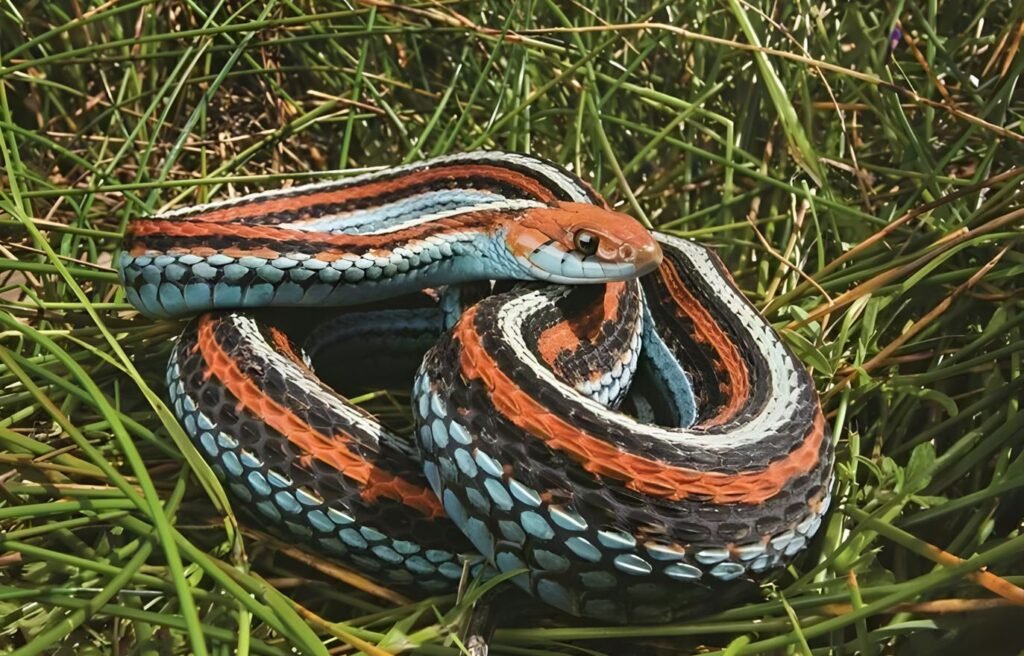
Ready to explore the jungle and uncover its hidden secrets?
With Lorenzo Expeditions, you can venture into the most remote corners of the jungle and discover unique species. Our specialized guides will provide you with all the knowledge needed to make the most of this experience. Contact us today and book your spot!




